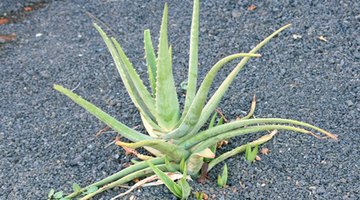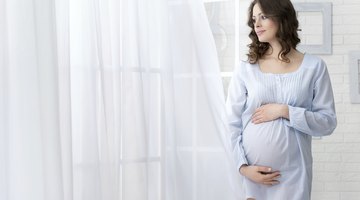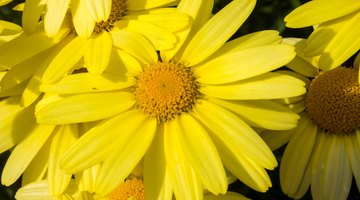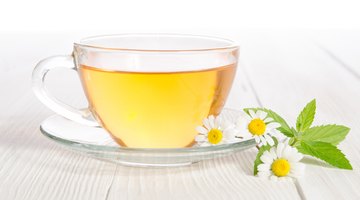Marshmallow Root & Pregnancy
During pregnancy, any product a woman uses can potentially affect her growing baby, making treatment of any health problem -- from a sore throat to a serious health condition -- more complicated. Although many over-the-counter and prescription drugs are studied in the United States for safety in pregnant women, herbal supplements like marshmallow root are not held to the same standards. Talk to your doctor before taking any supplements.
Marshmallow Root Uses
The root of the mallow plant, commonly known as marshmallow root, was used in ancient civilizations and throughout history as a tea, tincture, body wash or chewed medicine. Mallow reportedly eases acute infections and irritations, including burns and sore throats, and improves more serious health problems, such as bronchitis. In the 21st century, marshmallow root has been associated with healing effects on interstitial cystitis and other chronic diseases with inflammatory roles.
Marshmallow Root Mechanisms

Aloe Vera Gel & Pregnancy
Learn More
Marshmallow root likely exerts its widespread benefits by soothing skin externally and internally to reduce swelling at bruises, burns and scarred tissues. Its soothing coating in tea products might loosen a cough and ease a sore throat, and the use of chewed marshmallow leaves might have similar effects on digestion.
Marshmallow Root Adverse Effects
During its extensive use in Europe since the Roman and Greek times, reported marshmallow root side effects have been minimal. No side effects are associated with its use alone, but it is possible that the active mucilagin in the marshmallow root can absorb and thus reduce the amount of other medications taken at the same time. The roots contain nearly twice the amount of mucilagin as the leaves.
Marshmallow Root Use During Pregnancy

Herbs to Reduce Anxiety During Pregnancy
Learn More
According to the American Pregnancy Association, there is very little data on the use of herbs in pregnant women, and there is not consistency about the safety of herbal supplements during pregnancy. Despite two clinical trials of the plant for health benefits, marshmallow root has not been studied in pregnancy and cannot be considered safe.
Related Articles
- Bahmani M, et al. (2014). Identification of medicinal plants of Urmia for treatment of gastrointestinal disorders. DOI:
- Büechi S, et al. (2005). Open trial to assess aspects of safety and efficacy of a combined herbal cough syrup with ivy and thyme [Abstract]. DOI:
- Curnow A, et al. (2016). An evaluation of root phytochemicals derived from Althea officinalis (marshmallow) and Astragalus membranaceus as potential natural components of UV protecting dermatological formulations. DOI:
- Dawid-Pać R. (2013). Medicinal plants used in treatment of inflammatory skin diseases. DOI:
- Deters A, et al. (2010). Aqueous extracts and polysaccharides from Marshmallow roots (Althea officinalis L.): Cellular internalisation and stimulation of cell physiology of human epithelial cells in vitro [Abstract]. DOI:
- Elmastas M, et al. (2011). Determination of antioxidant activity of marshmallow flower (Althaea officinalis L.) [Abstract]. DOI:
- Fahamiya N, et al. (2016). Unani perspective of Khatmi (Althaea officinalis).
- Hage-Sleiman R, et al. (2011). Pharmacological evaluation of aqueous extract of Althaea officinalis flower grown in Lebanon. DOI:
- Kostova B, et al. (2013). Development and evaluation of novel lozenges containing marshmallow root extract.
- Rezaei M, et al. (2015). Evaluation of the antibacterial activity of the Althaea officinalis L. leaf extract and its wound healing potency in the rat model of excision wound creation.
- Sendker J, et al. (2017). Phytochemical characterization of low molecular weight constituents from marshmallow roots (Althaea officinalis) and inhibiting effects of the aqueous extract on human hyaluronidase-1. DOI:
- Valizadeh R, et al. (2015). Wound healing potential of Althaea officinalis flower mucilage in rabbit full thickness wounds. DOI:
- Woodford N, et al. (2009). Infections caused by Gram-positive bacteria: A review of the global challenge. DOI:











